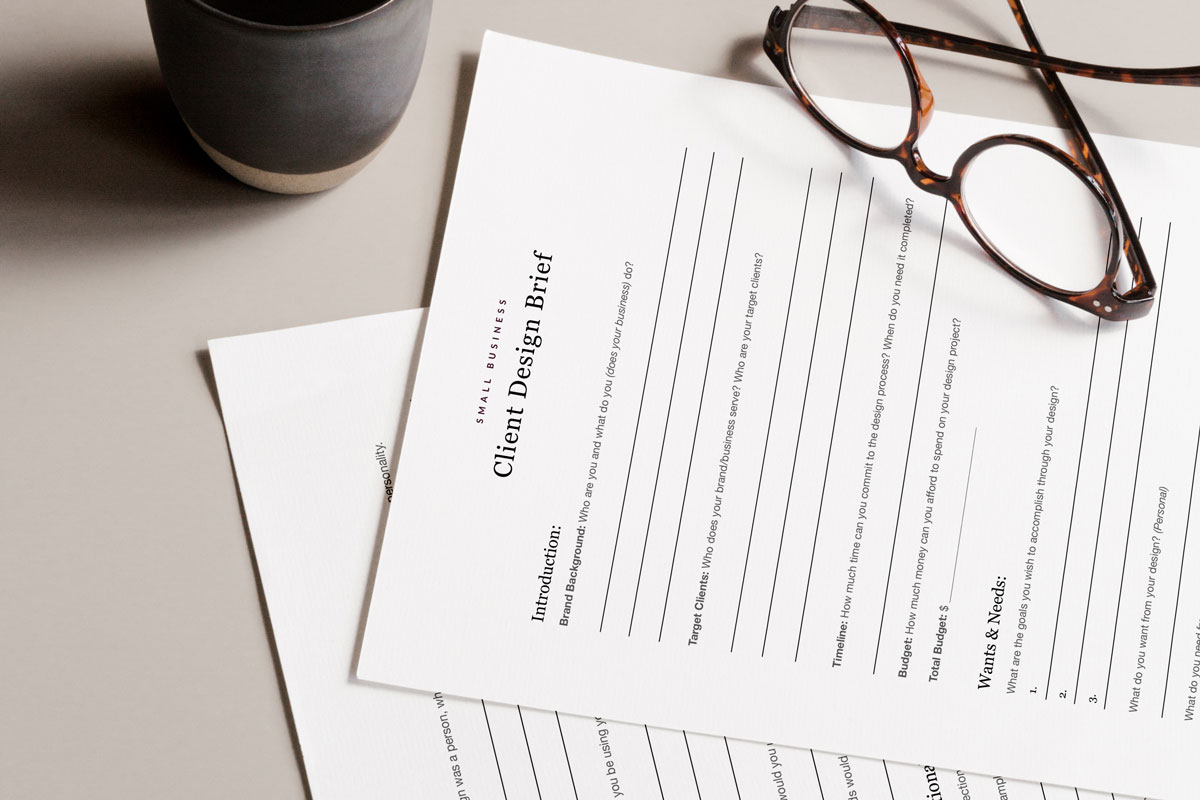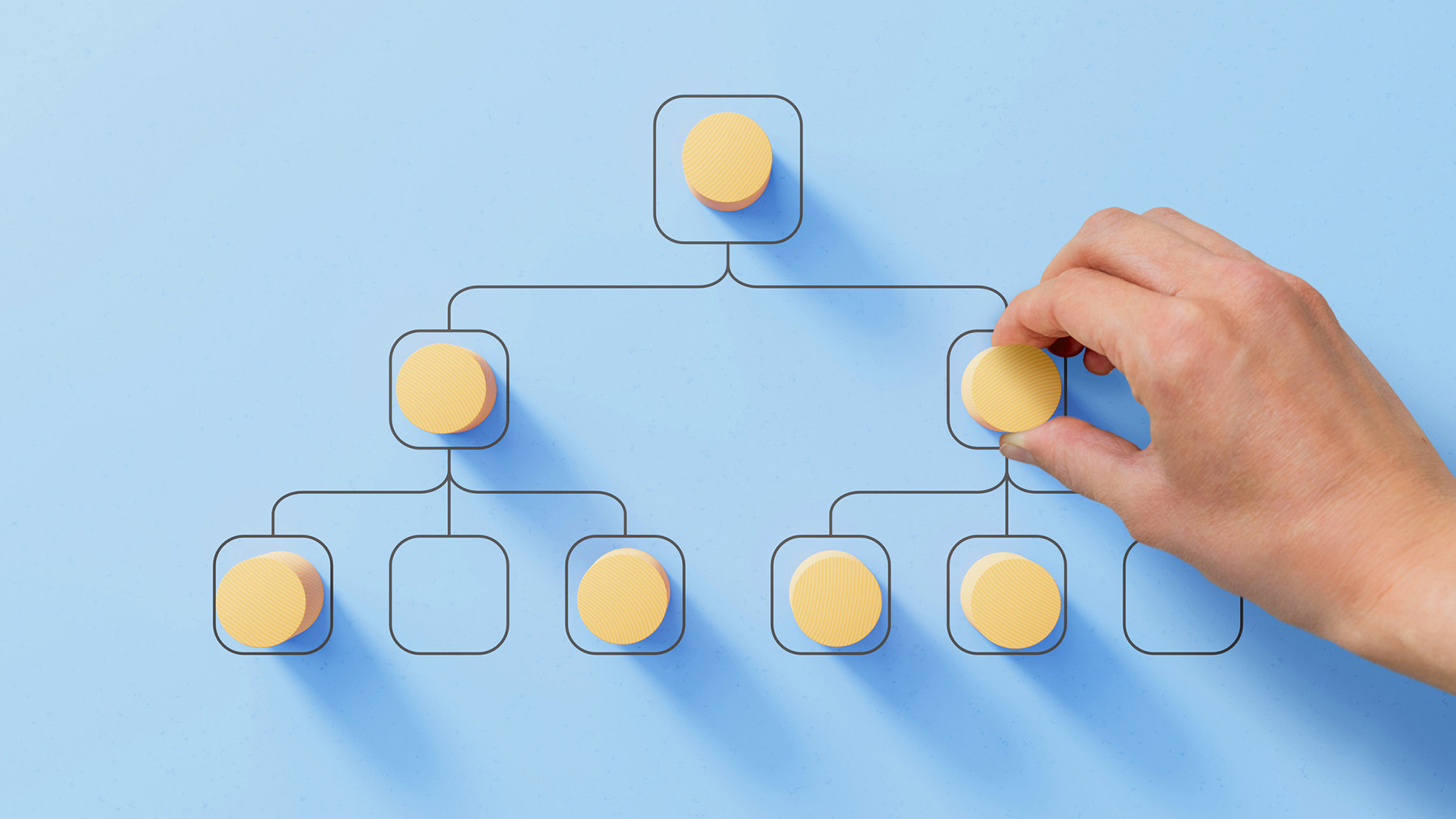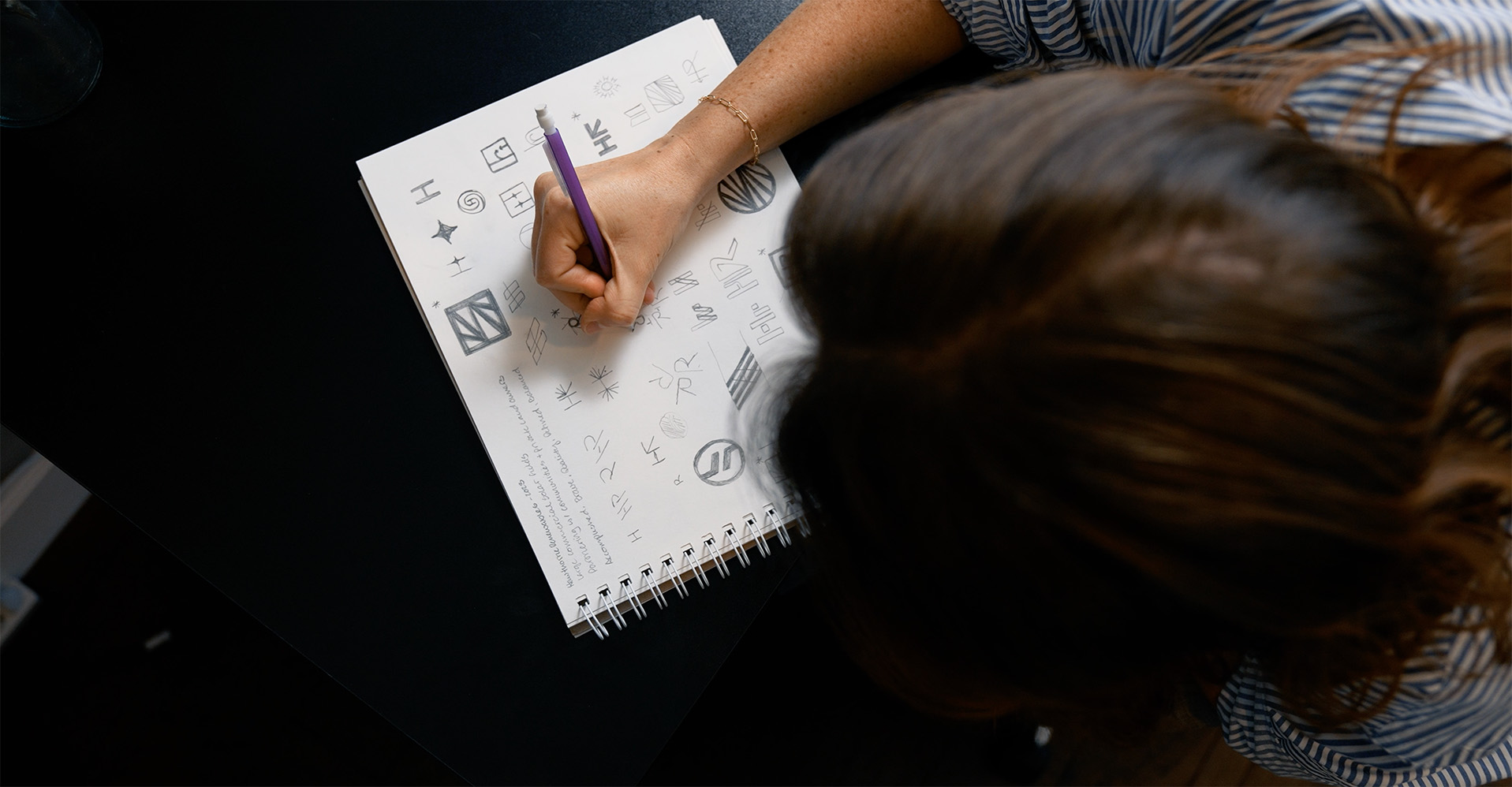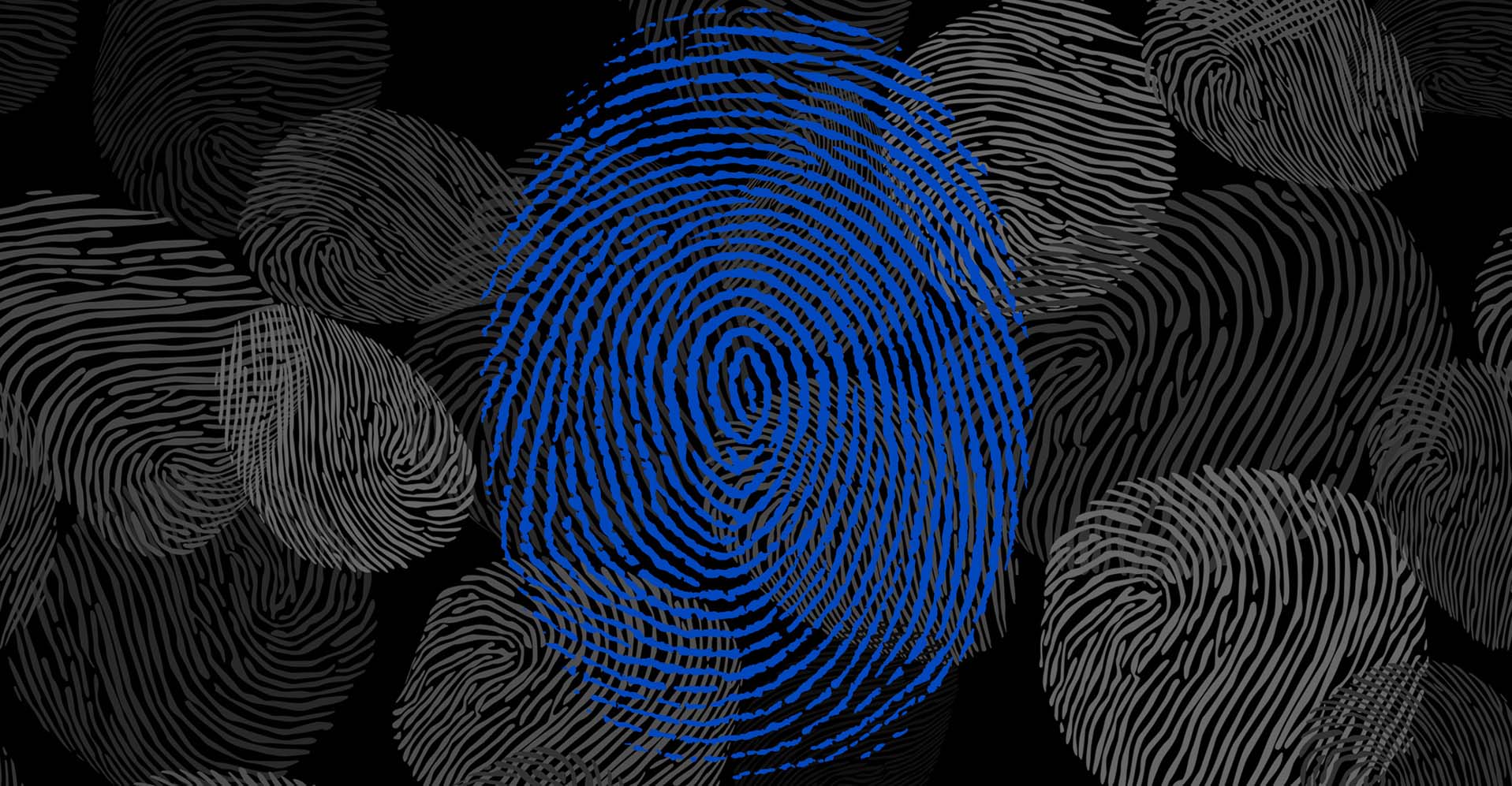Something I’ve learned during my journey into starting my own business is that I don’t know everything. Not that I ever thought I did, but accepting that that’s ok, is the first step. I don’t need to know everything.
I have my strengths that make me unique and successful, but for those times when I’m moving into uncharted territory, it’s ok to reach out for help and collaborate with others who have their expertise someplace else.
If you delegate the tasks that don’t ABSOLUTELY have to be done by you, then you allow yourself to spend that time growing your business instead of just running your business. And that’s why we became business owners right? No to only run our own business, but to grow and expand our own business. This is where a designer comes in.
If you delegate the tasks that don’t ABSOLUTELY have to be done by you, then you allow yourself to spend that time growing your business instead of just running your business.
So today, instead of designing our own ideal client profile, let us be that ideal client. Be the gold star client every designer wants to work with.
I’ve read a lot of posts that discuss the “bad clients” or “awful design experiences” people have had, and it makes me sad. This is supposed to be the fun part right?
Don’t get me wrong, it’s a hard, complicated process with so many little puzzle pieces that need to be put together just right to achieve your perfect brand identity. But designing your brand should also be one of the most exciting and inspirational experiences of starting your business.
When you are looking for that perfect design experience, the more specific and prepared you are before the design process begins, the better your experience will be.
Do a Little Research
This may seem like an obvious point, but doing a little research ahead of time will save you loads of time later on. Look up brands and businesses that stand out to you. Use images, quotes, sketches, Pinterest boards, magazine clippings, screenshots, Pinterest boards, anything that speaks to your creative genius. Did I mention Pinterest? SERIOUSLY! It doesn’t get any easier than Pinterest. Pinterest’s secret boards are an excellent way to collect images without making them public to all your followers.
Even if you want a completely original design, providing that yellow brick road (inspirational elements) that leads to the city of OZ (that magical place that will be your website and brand base) is invaluable guidance.
Know What You Want (And What You Don’t)
Although it’s important to have an open mind and allow for creative expansion, be confident in approaching your designer with a clear outline of what you want, and what you don’t.
It’s the goal of your designer to help make you as happy and successful as possible through your efforts together, and the only way they will know if they have achieved this is by understanding ahead of time what you expect from them.
Be Specific
Not just specific about the look of your brand but all the other business elements that affect the design process.
- What is your timeline for the project?
- What is your availability for consultations?
- What is your budget?
- What are your goals and expectations you want to achieve through this process?
Sometimes these can be tough to bring up, not wanting to offend your designer or get off on the wrong foot. But these are essential points to clear up right away so that everyone is on the same page.
Your designer loves to make you happy and knowing what it is that will bring you happiness will make for a more successful design experience for both of you.
Your designer loves to make you happy and knowing what it is that will bring you happiness will make for a more successful design experience for both of you.
Create Some Epic Content
Content is KING! But content isn’t just text. It can be images, videos, posts, links and pretty much anything visible that will use on your site to represent your brand. Put together a “greatest hits album” for your designer containing some key personal works that really capture the real you in your business.
Something I’ve learned from working with clients and designers together, is that when designing your brand and website, it’s often confusing who does what. Your designer is there to take the content you create and display it in a beautiful setting. But if you don’t have anything for them to work with, then they won’t have much to show you.
Be Honest
If you are happy with the direction of your designs, let your designer know. (Everyone loves to know they are doing well.) If you aren’t completely happy, let them know RIGHT AWAY!
Some design phases will take longer than others and your designer appreciates your respect and patience through the design process, but it’s never necessary to waste time solely out of fear of hurting someone’s feelings.
I can’t tell you how many times I’ve heard someone saying how they just got new headshots taken and they came out “just ok” or then just invested in a new website, and they are already apologizing for it. Your designer would die to know that’s how you’re feeling about their work. And if they’re not dying inside, then they shouldn’t be your designer.
Keep it productive, constructive, and honest.
Free Resource!
A free downloadable worksheet to help you articulate your design goals to your designer.

Every designer is different, so when you are selecting yours, make sure to research their design process.
Know what they do and don’t include in their design development.
- Do they include content development?
- Do they include branding design work?
- Do they include web design work?
- Do they include optimization if they include web design work?
- Will they set up the domain and hosting or are you responsible for that?
I know these seem like silly questions, but make sure to know upfront the Terms and Conditions and FAQ’s of your designer’s creative process is key to solving so many of the little tiny questions that can come up and slow down the design process.
Understand how they work and what their expectations of you are as a client before you make any final design decisions. But with a little guidance, research, and the Dream Client Design Brief, every designer will be asking, “Will you be my client?!”







